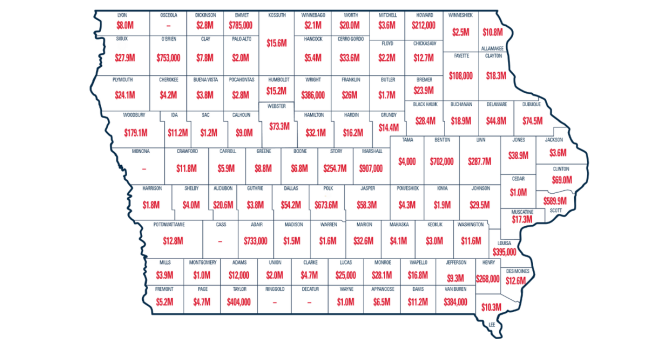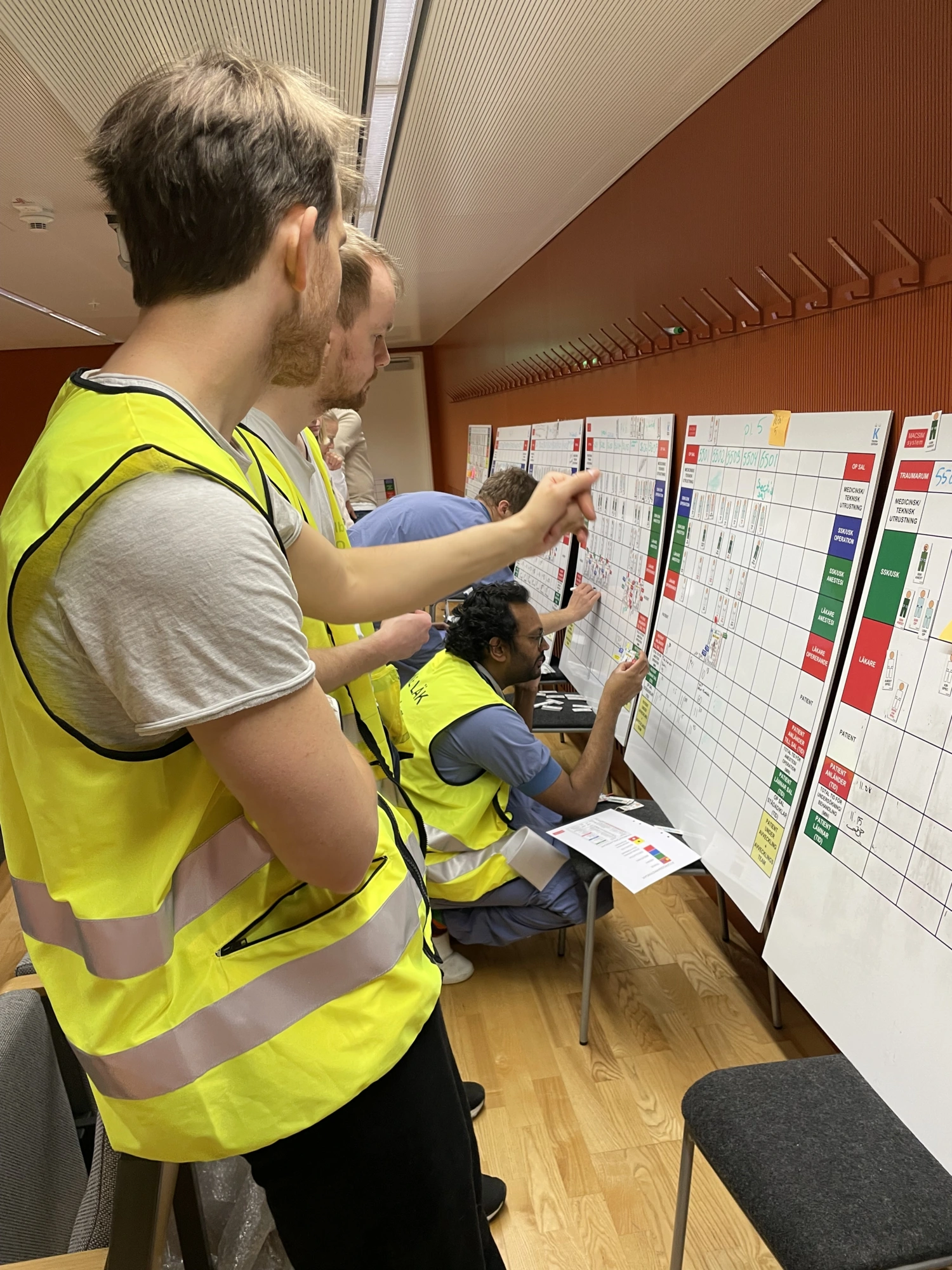
Associate Professor Michael Buckland
The player’s brain, which was examined by the Australian Sports Brain Bank run by Royal Prince Alfred Hospital in partnership with the University of Sydney’s Brain and Mind Centre, was found to have chronic traumatic encephalopathy, or CTE.
Last year, the founder of the Australian Sports Brain Bank, head of neuropathology at RPA and Clinical Associate Professor at the University of Sydney, Michael Buckland, identified CTE in the brains of two former first grade rugby league players, including Canterbury Bulldogs coach and player Steve Folkes.
In 2013, Australian rugby union player and coach Barry “Tizza” Taylor was the first Australian sportsperson diagnosed with CTE, after his brain was sent to the Boston University brain bank for analysis.
CTE was first described in boxers and was originally called punch-drunk syndrome. CTE has since also been found in the brains of former players of American Football, ice-hockey and soccer.
At present, CTE can only be diagnosed confidently by examination of the brain after death.
The only known likely risk factor for CTE is repetitive head injury, in the form of concussions, as well as blows that do not cause signs or symptoms known as sub-concussive impacts.
These most recent peer-reviewed findings have been published in the journal Acta Neuropathologica Communications.
“This player played more than 350 games over 19 years in the West Australian and Victorian football leagues,” said Associate Professor Buckland, senior author on the report
“At the age of 64, he was diagnosed with Alzheimer’s disease. Our findings demonstrate severe CTE occurring in conjunction with intermediate level Alzheimer disease pathology.”
This case is the second Australian rules football player brain examined by the Australian Sports Brain Bank and the first to be diagnosed with CTE.
CTE is real, and it is here in Australia. We need to address it as a priority.
The authors write that while they can make no claims of CTE incidence in Australian rules football based on this case, the distinctive and severe pathology has not previously been encountered in their busy clinical practice outside of former contact sports players.
“While we know that the gameplay of Australian rules football is very different to that of other contact sports, the changes related to CTE were strikingly similar,” Associate Professor Buckland said.
“A knock to the head is a knock to the head, regardless of the circumstances in which you get it. CTE is real, and it is here in Australia. We need to address it as a priority. Claims of a lack of demonstrated causality are unhelpful, and arguably irrelevant when assessing a public and occupational health issue such as CTE.”
The co-author of the report, Associate Professor Alan Pearce of La Trobe University, said Australian contact sports organisations should be applauded for the changes made in recent years to minimise head knocks.
“But more needs to be done. This is an important occupational and public health issue,” he said.
The Australian Sports Brain Bank was established in March 2018, as part of the Concussion Legacy Foundation Global Brain Bank initiative, in order to examine and research CTE in brains donated by the public.
To date, more than 250 athletes have pledged their brains for research, including former boxer Jeff Fenech.
“We encourage all athletes, their families and friends to sign up,” Associate Professor Buckland said.
“It is only with the support of athletes and sporting codes that we will fully understand the factors that cause CTE, how to minimise them, and how to effectively treat this disease.”
Further information
Pledges for brain donation and monetary donations can be made through the Australian Sports Brain Bank website: https://www.brainbank.org.au/
For more information about CTE, please see https://www.cdc.gov/traumaticbraininjury/pdf/CDC-CTE-FactSheet-508.pdf
The journal paper is available here: https://actaneurocomms.biomedcentral.com/articles/10.1186/s40478-020-0895-z
Declaration: Funding for the Australian Sports Brain Bank has been provided by Sydney Local Health District, Northern Sydney Local Health District, Concussion Legacy Foundation and StopConcussions.com. Ethics approval is granted by the Sydney Local Health District HREC. Written informed consent for publication was provided by the family. Associate Professor Pearce declares competing interests, the remaining authors declare no competing interests. Refer to the paper for full details.








